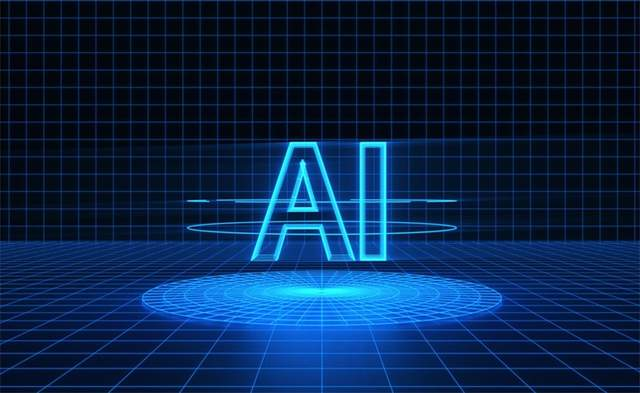Published PM GMT+8 GMT+8, May 14, 2025,

"With AI's powerful web crawling and automated analysis capabilities, do enterprises still need dedicated intelligence operations?" This poignant question from a business leader encapsulates the core dilemma in the current AI revolution. From ChatGPT to DeepSeek-R1 models and the newly launched Manus intelligent agents, AI tools appear poised to replace human intelligence work. But does reality match this perception?
This article examines the issue through cutting-edge industry practices and empirical data.
I. Current Limitations of AI Capabilities
1.1 Intelligence Collection: Breadth Over Depth
While AI achieves comprehensive web scraping, its fake information detection rate remains below 40%. For instance, 68% of "user feedback" on social media originates from paid commentators, with AI struggling to distinguish deepfake content from authentic corporate needs.
1.2 Intelligence Analysis: Structured Data Strength vs Customization Weakness
AI excels in processing structured data like financial statements and patent databases, but accuracy plummets to 52% when handling customized corporate requirements.
II. Three Insurmountable AI Challenges
2.1 Data Quality Pitfalls
- Contaminated information: 23% of AI training data contains outdated, fabricated, or biased content. Medical AI systems have erroneously incorporated retracted papers, skewing drug development directions.
- Noise filtration failure: Social media data cleansing requires human intervention, as pure algorithmic processing retains 78% of irrelevant information.
2.2 Comprehension Ceiling
AI stumbles at final-mile semantic understanding:
- Fails to decode industry jargon (e.g., real risks behind "advance financing" in construction)
- Misinterprets strategic metaphors (e.g., "business restructuring" implying layoffs)
- Overlooks unstructured clues (e.g., production line upgrades leaked through website images)
2.3 Decision Trust Deficit
In high-stakes sectors like finance and healthcare, AI analysis requires human verification for compliance. Investment firm tests show manually cleansed data boosts AI prediction accuracy from 67% to 89%.
III. Core Value of Professional Intelligence Services
3.1 Premium Source Curation
Specialized agencies preconfigure monitoring systems with authoritative sources like:
- National Intellectual Property Administration databases
- Provincial investment project approval platforms
These curated sources significantly outperform AI-scraped public data in quality.
3.2 Human-Led Noise Reduction
Intelligence analysts conduct secondary verification after automated collection, eliminating 98% of noise to deliver highly relevant competitive intelligence for informed decision-making.
3.3 Bespoke Service Solutions
Unlike AI's superficial judgments and timing errors, experienced analysts:
- Design comprehensive monitoring frameworks aligned with business realities
- Provide rapid response to evolving corporate needs
IV. Evolutionary Path: Building an "AI + Expert" Collaborative Ecosystem

The future lies in synergistic coexistence:
- AI handles heavy data processing
- Human experts provide:
• Industry-specific verification
• Customized service design
• Strategic interpretation
This dual approach creates a robust decision-support system combining computational power with contextual intelligence.
As a leading corporate intelligence provider, InsightEmpower delivers:
√ AI-powered real-time industry monitoring
√ Multi-department intelligence sharing platforms
√ Zero-installation cloud solutions
√ Expert-curated competitive analysis

By integrating cutting-edge AI with domain expertise, InsightEmpower enables enterprises to transform raw data into actionable strategic assets.
In the AI era, corporate intelligence evolves from mere information gathering to strategic asset cultivation. The winning formula combines machine efficiency with human wisdom - precisely where InsightEmpower excels.
